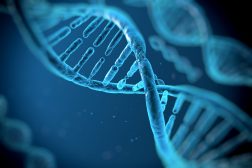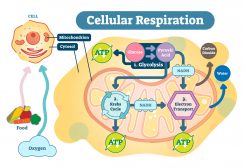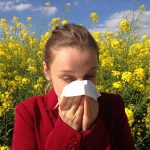Definition
noun, plural: basophils
A type of polymorphonuclear leukocyte characterized by having a nucleus with two or three lobes, presence of cytoplasmic granules that render the cell blue when stained with basic dyes, and whose immune function is primarily the release of histamine for inflammatory responses
Supplement
The polymorphonuclear leukocytes are characterized by having nuclei with three or more lobes joined by filamentous connections and cytoplasmic granules perceptible through conventional staining (e.g. H&E stain) and light microscopy. In humans, the polymorphonuclear leucocytes may be subdivided into eosinophils, basophils and neutrophils according to the staining properties of the granules. The basophils, in particular, are so named because it stains blue when stained with basic dyes.
Similar to other polymorphonuclear leukocytes, the basophil goes through the granulocytic series of hematopoiesis. Its developmental stages are as follows: hemocytoblast → common myeloid progenitor (or CFU-GEMM) → CFU-GM → CFU-G → myeloblast → basophilic promyelocyte → basophilic myelocyte → basophilic metamyelocyte → basophilic band cell → basophil. The mature basophils are released from the bone marrow and then migrate to tissues to carry out inflammatory responses. These cells contain histamine, heparin, prostaglandin, etc. They release histamine as an allergic or inflammatory response. Inflammation helps ease the entry of phagocytes into the target tissue site.
The basophils are relatively short-lived (with a lifetime ranging from a few hours to a few days), bi-lobed or tri-lobed nucleus, and size ranging from 12 to 15 μm. In humans, they are the rarest type of white blood cells, accounting for the 0.4%.
Synonym(s):
- basocyte
- basophilocyte
- mast leukocyte
See also:







